Holding Procedures – Airplane Holding Patterns Easily Explained
Pilot Institute
JUNE 9, 2025
Today we will explain airplane holding patterns in detail, answer some common questions, and even teach you a few ‘hacks’ to make flying a hold a real breeze. Wind correction is critical, especially crosswind drift on the outbound leg. Why Do Airplanes Use Holding Procedures? Here’s why airplanes take up the hold.



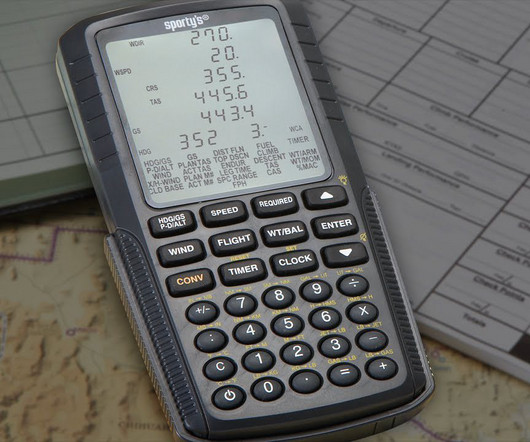
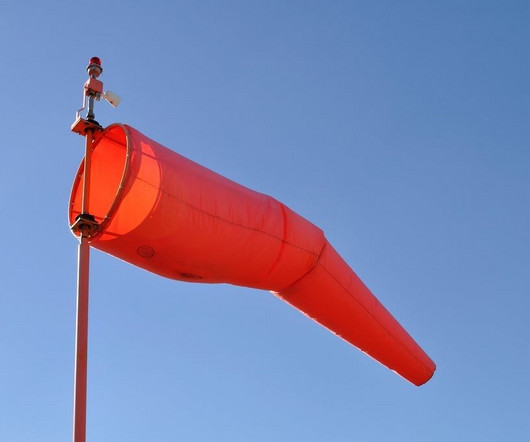

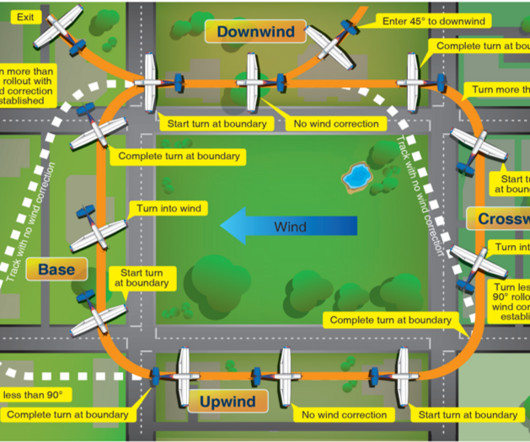


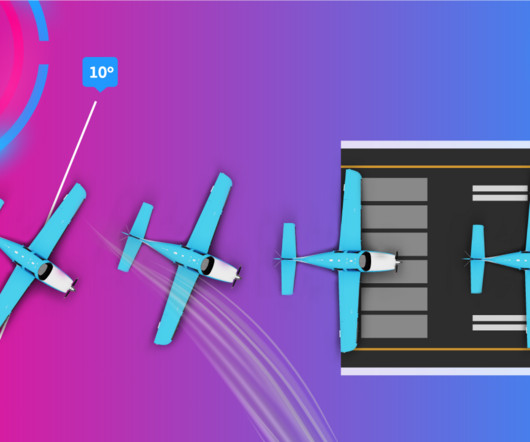


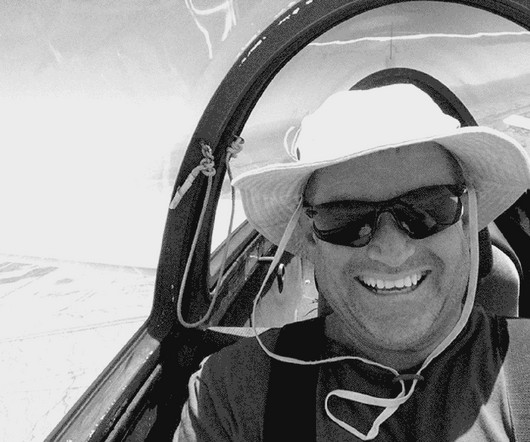
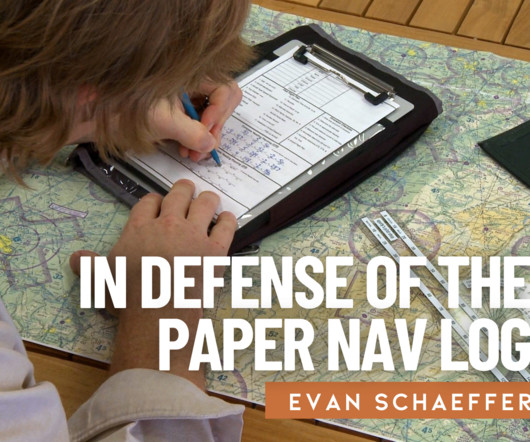






Let's personalize your content